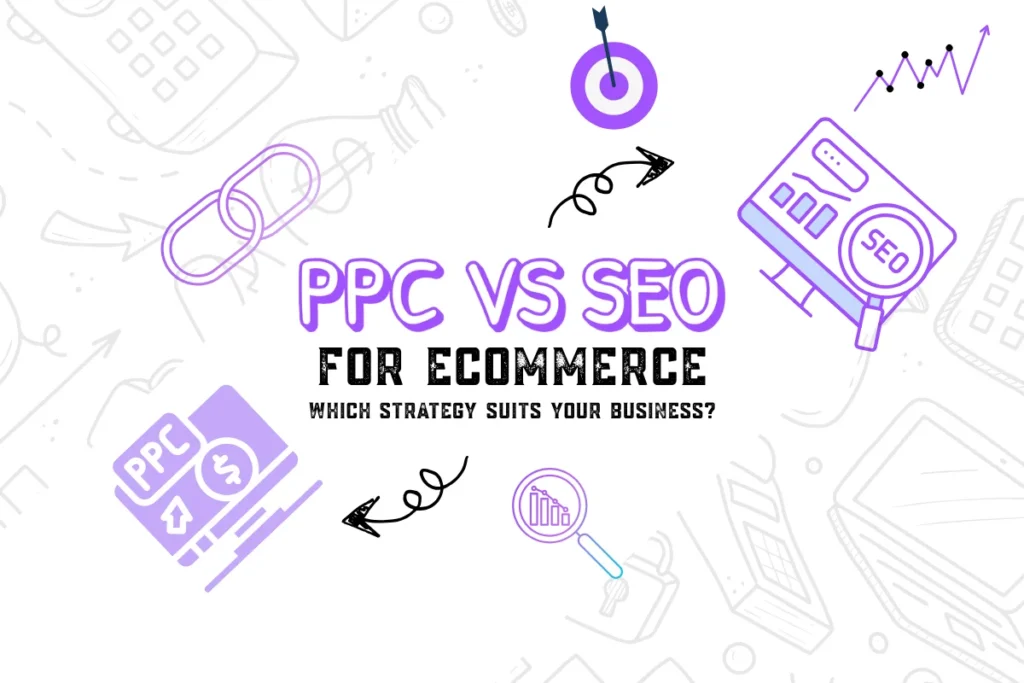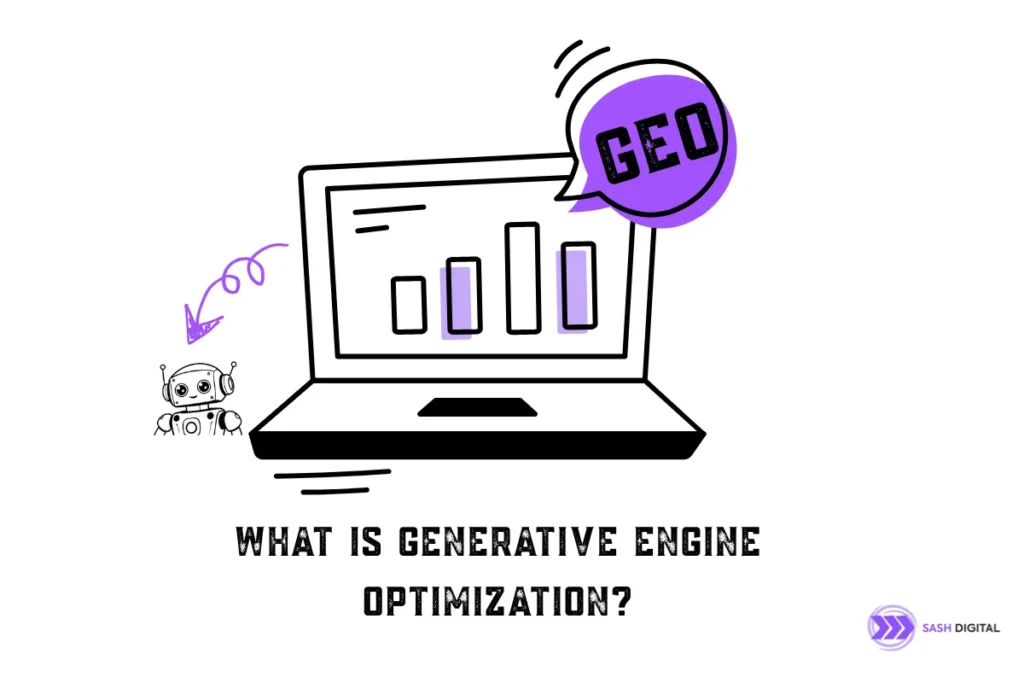If you’re running an ecommerce store—especially in a competitive, cost-sensitive market like Pakistan—you’re likely torn between investing in Pay-Per-Click (PPC) advertising or Search Engine Optimization (SEO). Each offers unique strengths, but which one should you prioritize when conversions are the ultimate goal?
In this deep dive, we’ll break down the pros, cons, costs, and ROI potential of both strategies, and help you make smarter decisions whether you’re launching a new Shopify or WooCommerce store, scaling your operations, or trying to retain loyal customers.
Table of Contents
- Understanding the Basics
- PPC for Ecommerce: What You Need to Know
- SEO for Ecommerce: Building Long-Term Traffic
- Phase-by-Phase Breakdown
- Launch Phase
- Scaling Phase
- Retention Phase
- PPC and SEO Synergy
- The Pakistan Market Context
- Which Should You Choose?
- Final Thoughts
1. Understanding the Basics
What is PPC?
PPC (Pay-Per-Click) is a digital advertising model where advertisers pay a fee each time their ad is clicked. Google Ads and Meta Ads (formerly Facebook Ads) are two of the most popular PPC platforms. For ecommerce, PPC allows you to place your products right in front of a buying-ready audience.
Learn more about our performance marketing services for ecommerce brands.
What is SEO?
SEO (Search Engine Optimization) is the practice of optimizing your website and content so it ranks organically in search engines like Google. For ecommerce, this means appearing on search results when users look for your products.
Explore our tailored approach to SEO for ecommerce stores.
2. PPC for Ecommerce: What You Need to Know
Pros
- Instant visibility
- High-intent audience targeting
- Easy A/B testing
- Clear ROI tracking
Cons
- Expensive over time
- Learning curve for campaign optimization
- Performance drops without budget
Typical Costs in Pakistan
- Google Search Ads: PKR 15–30 per click in competitive niches
- Meta Ads: Lower CPCs but higher funnel placement
Best For
- New product launches
- Quick traffic
- Sales-driven campaigns
3. SEO for Ecommerce: Building Long-Term Traffic
Pros
- Sustainable and long-term traffic
- Trust and authority building
- Cost-effective over time
Cons
- Takes time (3–6 months minimum)
- Requires consistent effort
- Algorithm volatility
SEO in Pakistan
Local ecommerce SEO is still underutilized in Pakistan, meaning there’s opportunity to dominate your niche with focused keyword research and content strategy.
Best For
- Long-term brand building
- Organic visibility
- Reducing reliance on paid media
4. Phase-by-Phase Breakdown
Launch Phase: Speed Matters
When launching, time is of the essence. You need to drive qualified traffic fast to validate your product, gather feedback, and start conversions.
- PPC Wins: Launch campaigns can bring traffic immediately.
- SEO Role: Set up technical SEO, submit sitemap, and publish initial blog/product content.
Scaling Phase: Optimize for ROI
You’ve validated your store and now want to grow.
- PPC: Increase budgets strategically, run remarketing.
- SEO: Deepen content, build backlinks, optimize existing pages.
- Combo Play: Use PPC for aggressive sales targets, SEO for sustainable traffic and cost savings.
Retention Phase: Keep Your Customers Coming Back
At this point, the goal is LTV (lifetime value) and repeat purchases.
- PPC: Remarketing and loyalty campaigns.
- SEO: Email integrations, content that answers customer questions.
5. PPC and SEO Synergy
Instead of “PPC vs SEO,” smart ecommerce brands ask: How can I make PPC and SEO work together?
- Use PPC data to inform SEO keyword strategy.
- Use SEO content in PPC landing pages.
- Alternate budgets based on seasonal performance.
This hybrid strategy maximizes conversions across short and long-term.
6. The Pakistan Market Context
With rising CPCs and a more digitally-savvy audience, ecommerce stores in Pakistan need to tread carefully. PPC can be effective but burns cash fast without proper targeting. SEO takes time but builds authority and trust—two crucial aspects in a price-sensitive market where impulse buying is less common.
Also, language plays a role: crafting Urdu content or hybrid (Urdu-English) can help capture a broader audience.
7. Which Should You Choose?
| Stage | Priority | Suggested Approach |
| Launch | PPC | Quick conversions, traffic, A/B testing |
| Scaling | PPC + SEO | Combine PPC for revenue, SEO for stability |
| Retention | SEO | Build loyalty and reduce paid media dependency |
Still unsure? Talk to a performance marketing expert at Sash Digital.
8. Final Thoughts
There’s no one-size-fits-all answer to the PPC vs SEO debate. For ecommerce brands—especially Shopify and WooCommerce stores in Pakistan—the right mix of both can drive short-term gains and long-term stability.
Whether you’re trying to get your first 100 orders or looking to scale past 10,000, understanding how PPC and SEO complement each other is key. And with the right partner to guide you, results become more predictable, efficient, and profitable.
Need help tailoring a PPC or SEO strategy for your ecommerce store? Let’s chat.



